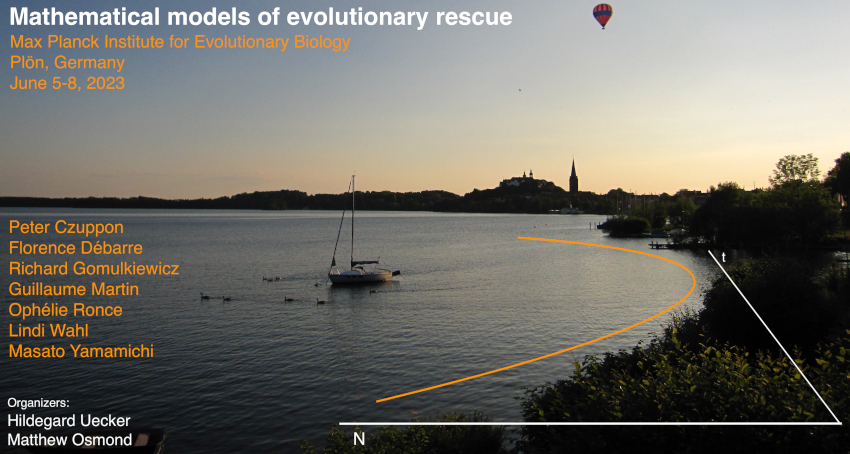Speaker
Description
Evolution is a heritable change in the characteristics of the population over time and adaptation is the evolutionary process by which a population survives in its environment. Stochastic fluctuations due to finite population size can alter the fate of the population and therefore, it is crucial to understand the dynamics of adaptation in a finite population. We explore the evolution of a monogenic trait in a finite population under a periodically changing environment (e.g., seasonal variation or drug cycling) and find that the fixation probability of a mutant depends on the time of appearance, the rate of environmental change, and its fitness in the time-averaged environment. We also study the evolution of a polygenic trait such as human height and weight under stabilizing selection in a sudden change in the environment (for example, due to a natural disaster). Our results show that the stochasticity in a large, finite population substantially enhances the chance of sweeping in a large effect locus [2]. References: [1] A. Devi and K. Jain. The impact of dominance on adaptation in changing environments. Genetics, 216:227–240, 2020. [2] A. Devi and K. Jain. Polygenic adaptation dynamics in large, finite populations. bioRxiv, 2023.

